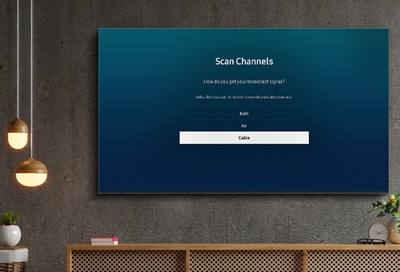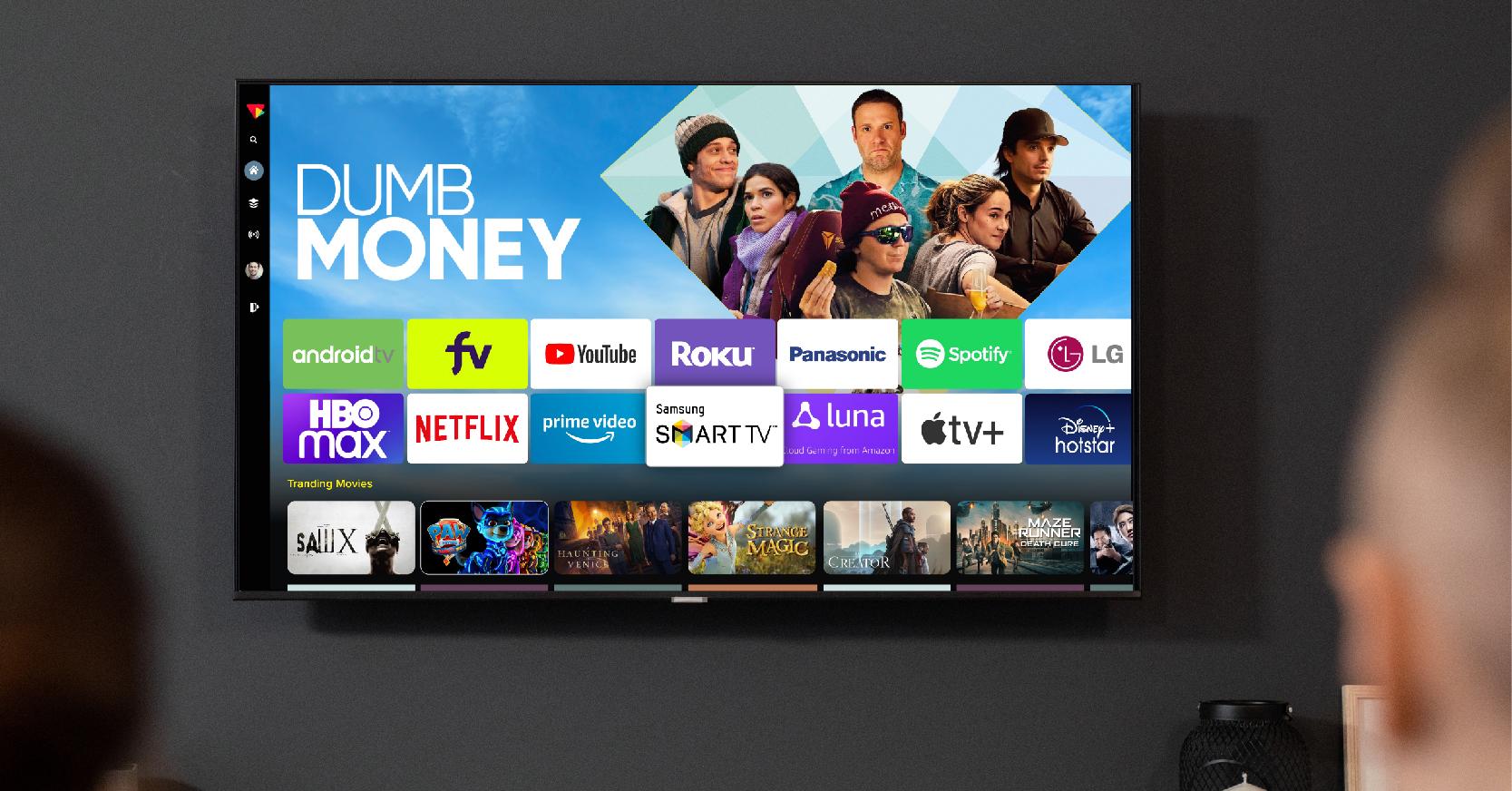The Greatest Guide To Apollo Group Tv
Table of ContentsApollo Group Tv Fundamentals ExplainedThe Main Principles Of Apollo Group Tv Apollo Group Tv Can Be Fun For AnyoneApollo Group Tv Fundamentals Explained
In this situation, instead of having three-minute industrial spots during a 30-minute television program, television programming might alter to one where a customer will be required to have a monthly membership, so that they cen view targeted banner advertisements. This kind of advertising currently occurs on the web, and the amount of data television firms collect enables them to do a lot the very same.Explain the significant fads amongst the broadcasting and cable networks. Popular radio reveals such as police drama Dragnet and western cowboy series Gunsmoke were adapted for tv, and brand-new TV shows were funded by solitary advertisers, simply as radio shows had been.
Today, the television sector is far more intricate. Programs are funded by numerous marketers; programs is controlled by significant media empires; and the 3 major networks no more dominate the airwaves but rather share their viewers with numerous cord channels. Several aspects represent these trends within the sector, including technological growths, federal government regulations, and the development of brand-new networks.

Apollo Group Tv - Questions
Developed in 1969, (PBS) developed out of a record by the Carnegie Commission on Educational Television, which examined the duty of academic, noncommercial tv on society. Public television was likewise intended to offer global accessibility to television for customers in rural locations or audiences who could not manage to pay for private television services.
The period between 1950 and 1970 is traditionally recognized as the. Apart from a small part of airtime managed by public television, the three major networks (called the Big Three) dominated the tv sector, collectively representing even more than 95 percent of prime-time viewing. In 1986, Rupert Murdoch, the head of multinational company News Corp, released the Fox network, challenging the supremacy of the Big 3.
Targeting young and minority target markets with programs such as Buffy the Vampire Killer, Moesha, Dawson's Creek, and The go to my site Wayans Bros., the brand-new networks wanted to draw terminals away from their old network associations. However, instead of duplicating the success of Fox, UPN and WB battled to make an influence. Not able to bring in several affiliate stations, the 2 new networks reached fewer houses than their larger competitors because they were unobtainable in some smaller sized cities.
This decision led the way for the development of cord flick channels, adding to the rapid growth of cord in the 1980s and 1990s. apollo group tv app. Further deregulation of cable television in the 1984 Cable Communications Policy Act removed constraints on cord rates, allowing operators to bill what they wanted for wire solutions as long as there worked competition to the solution (a criterion that over 90 percent of all cable television markets might fulfill)
A Biased View of Apollo Group Tv

Having developed the very first "superstation," Turner expanded his realm by founding 24-hour news network CNN in 1980. At the end of the year, 28 nationwide programming services were readily available, and the wire change had actually begun. Over the next decade, the sector went through a period of quick growth and appeal, and by 1994 customers might choose from 94 basic and 20 premium wire services.
Figure 9 - http://go.bubbl.us/e587da/99ba?/Apollo-Group-TV.16 Boosted competitors from wire networks has triggered a constant decrease in the networks' audience rankings. During the 1950s, the price of producing a single tv show boosted as programs ended up being much longer and production prices soared. Sponsorship on network tv shifted from solitary sponsorship, in which a program was completely supported and generated by one marketer, to numerous sponsorship, in which advertisers got 1- or 2-minute places on the program
Pick one of the Big 4 networks and publish out its weekly shows timetable. View the network's prime-time programs over the course of a week, noting the target demographic for each show.
How Apollo Group Tv can Save You Time, Stress, and Money.

Direct Television, usually referred to as typical broadcast Television, incorporates cable and satellite television., assume of it as the traditional way of viewing TV that has actually been around for decades.